We all think about doing something that we will be remembered for, and it is just the same for the ancient civilizations who brought us many inventions and innovations.
The Sumerians of ancient Mesopotamia were no exception and they invented many things that are a part of our daily life today, from mathematics to weaponry.
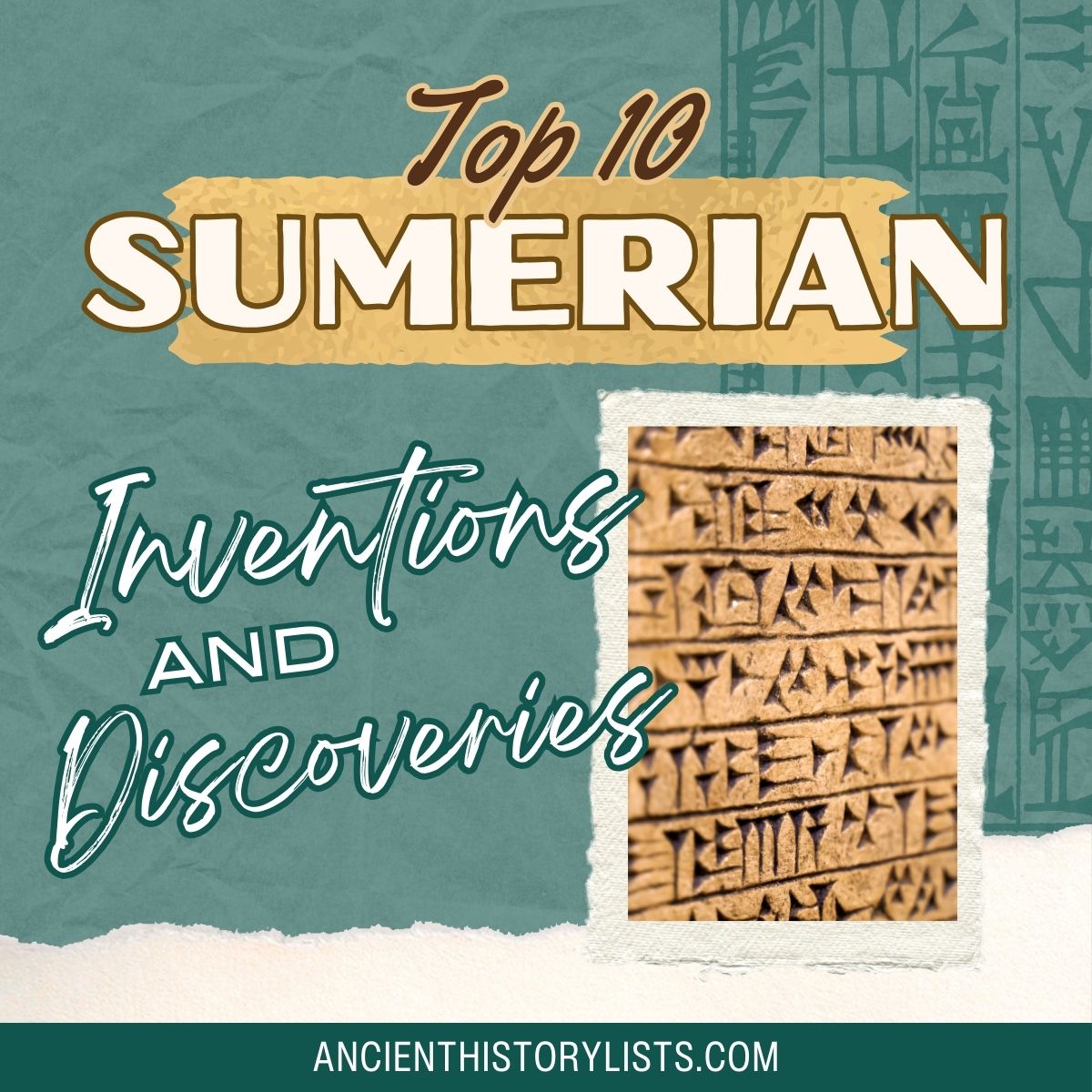
So let’s have a look at the legacy the ancient Sumerians left behind:
1. Fabrication of Copper
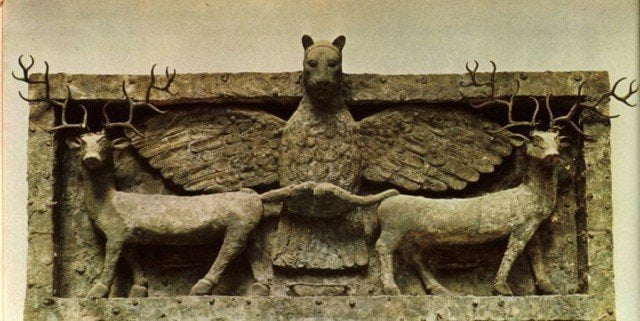
Copper was the earliest non-precious metal first used by the Sumerians, and somewhere around 5000 BC they developed the ability to fabricate it. The discovery of this process is one of the greatest inventions in Mesopotamia which also helped with the growth of various cities like Uruk, Sumer, al’Ubaid, and Ur.
At first, copper was used to made arrowheads, razors, harpoons, and other small objects, but as the years passed, the Sumerians also started making copper jugs, vessels, and chisels. The objects which they made showcased the excellent craftsmanship of the Sumerians.
The Imdugud Relief of 3100 BC is a great example of copper craftsmanship. Discovered in al’Ubaid, it depicts an eagle with a lion’s head with two stags either side which appear to be held up by the eagle. Copper was beaten to form the images of these creatures and then framed in wood.
2. Board Games
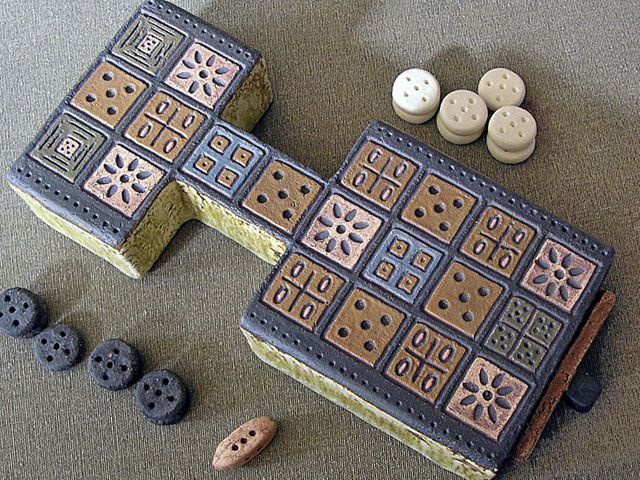
The Royal Game of Ur was invented sometime between 2600 and 2400 BC. The remains of the game were found by Sir Leonard Woolley in the Royal Tombs of Ur, Iraq, during the 1920s. It was also known as the Game of 20 Squares or the Egyptian game Aseb. One of the two boards that were excavated is kept in the British Museum in London.
The game used four tetrahedral dice with seven markers and comprised of two sets, one white and the other black. The original rules are not known, and the game’s format has been reinvented over time, as seen in a cuneiform tablet dating back to approximately 177 BC. Historians believe that, similar to the ancient Egyptian game Senet, the Royal Game of Ur was a racing game, and possibly a precursor to backgammon.
3. The Wheel
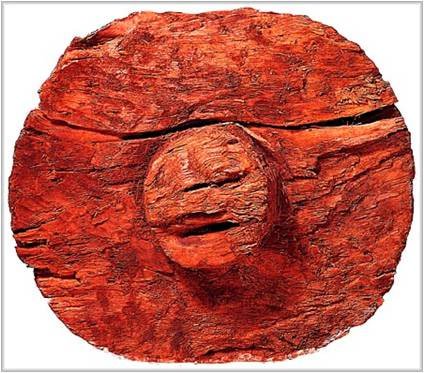
The oldest existing wheel in Mesopotamia can be dated back to 3500 BC. The Sumerians first used circular sections of logs as wheels to carry heavy objects, joining them together and rolling them along. Subsequently, they invented the sledge and then combined the two.
Eventually, they decided to drill a hole through the frame of the cart and make a place for the axle. Now both the wheels and axles could be used separately. The Sumerians realized that logs which had worn-out centers were more manageable and soon these became wheels which could be connected to a chariot.
4. Number System
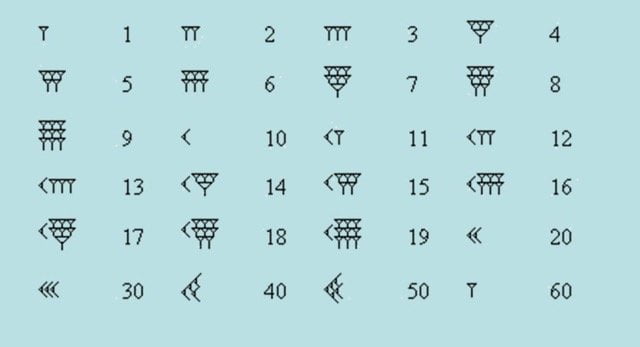
Invented by the Sumerians in the third millennium BC, this numbering system is known as the sexagesimal system. It is named so because it has the number 60 as its base. Mathematics was developed out of necessity.
The Sumerians needed to trade and create taxation policies, so there was an urgent need to keep records. Assigning symbols to large numbers was also necessary as they wanted to track the course of the night sky in order to prepare the lunar calendar.
They started using a small clay cone to denote the number 1, a ball for 10, and a large clay cone for 60. An elementary abacus was invented by the Sumerians between 2700 and 2300 BC.
5. The Sailboat
Sailboats were invented in order to expand Sumerian trade. Wood and papyrus were used to make lightweight sailboats so that it was easy for them to move on water. The sails were given a square shape and were made of linen.
For battle, the platforms were raised so that the arrows could be aimed at the enemy with more accuracy. This invention in 1300 BC changed the face of trading and war, and the Sumerians were able to both advance their economy and provide protection for their people.
6. Cuneiform Script
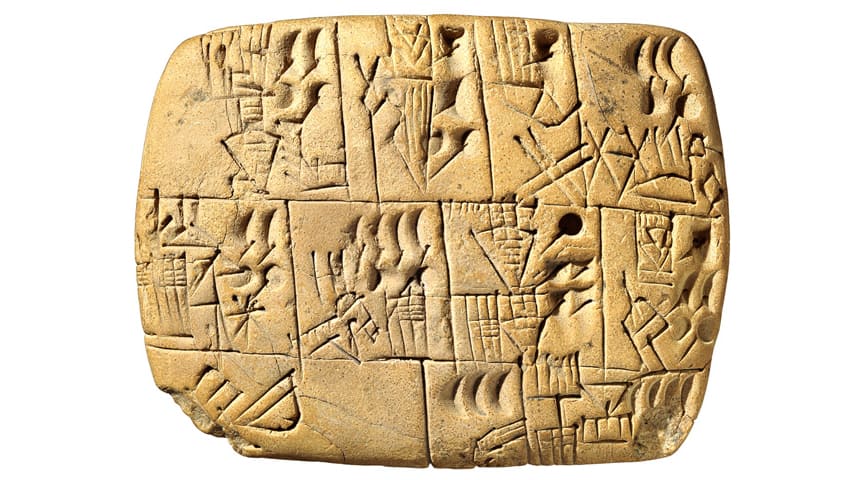
Developed between 3500 and 3000 BC, cuneiform script was the first writing system to be developed by the Sumerians. This style of writing was wedge-shaped. A stylus was used to produce different figures and pictorials by making cuts into soft clay.
Descendants of the Sumerians such as the Babylonians, Assyrians, and Akkadians used the cuneiform style of writing in order to keep records. They started with a pictorial cuneiform known as proto-cuneiform which later became much more complex. Symbols for cities, gods, nature, etc. were known as determinatives, and by 3000 BC, their representations had become much simpler.
The marks now conveyed the idea of words instead of signs. There was also a reduction in the number of characters from 1,000 to 600. With this reduction came a more phonetic style. In archaic cuneiform, the direction of writing was from left to right, and gradually a wedge-topped stylus was introduced which gave clearer strokes.
People used the script for more than three millennia until an alphabetical form replaced it during the Roman era.
7. Code of Ur-Nammu
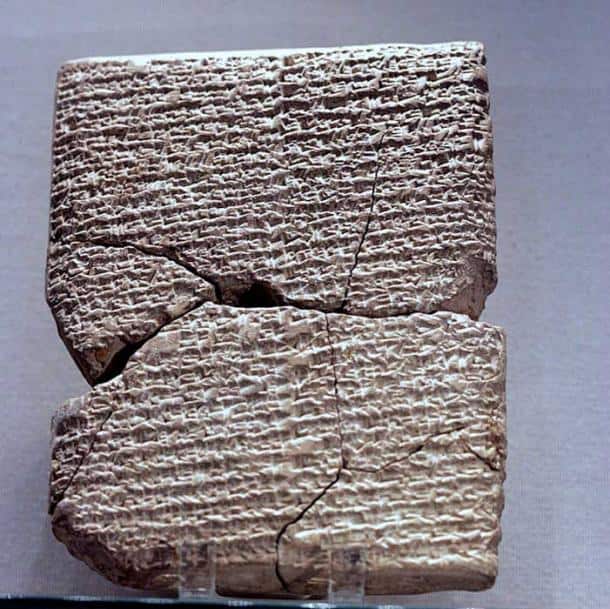
The Sumerian Code of Ur-Nammu is the oldest surviving law in the world, and a copy of it was discovered in Nippur. It is the earliest existing legal text and was created three centuries before the Code of Hammurabi.
The laws are listed so that crime is followed by punishment, a way of law-making that became commonplace as time went on. Moreover, this code gives us a glimpse into the societal structure of the Sumerian civilization. Here are some of the Code of Ur-Nammu’s laws:
- If a man commits murder, that man must be killed.
- If a man commits robbery, he will be killed.
- If a man commits a kidnapping, he is to be imprisoned and pay 15 shekels of silver.
- If a slave marries a slave, and that slave is set free, he does not leave the household.
- If a slave marries a native (free) person, he/she is to hand the firstborn son over to his/her owner.
- If a man violates the right of another and deflowers the virgin wife of a young man, they shall kill that male.
- If the wife of a man follows after another man and he sleeps with her, they shall slay that woman, but the male shall be set free.
- If a man proceeds by force and deflowers a virgin slave woman of another man, that man must pay five shekels of silver.
- If a man divorces his first-time wife, he shall pay her one mina of silver.
- If it is a (former) widow whom he divorces, he shall pay her half a mina of silver.
8. Monarchy
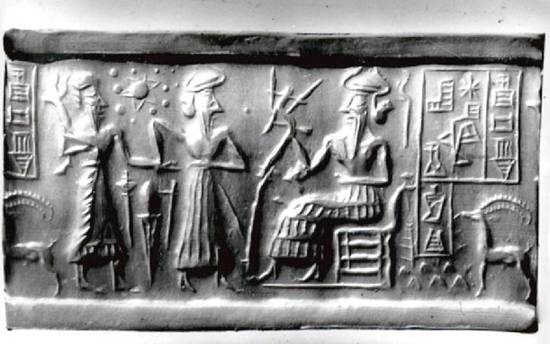
Sumerians called their land the “land of black-headed people.” These people with black heads were responsible for developing the first ruling system of monarchy. The earliest of their states needed a ruler to govern many people living in a wide area. Before the monarchy came into existence, Sumerian states were ruled by priests.
The priest-kings had bureaucrats who were also priests. They assigned fields to people after surveying the land and also distributed the harvest among them. They also judged disputes, organized important religious rituals, administrated trade, and led the military.
However, there was the need for a legitimate authority which was beyond the tribal concepts of chieftainship. Therefore, the Sumerians judged that the authority of monarchs should be based on divine selection.
Later they started believing that the monarch himself was a divine power who must be worshiped. In this way they legitimized the authority of the ruler who was in a dominant position, both ruling the current population and serving later generations which settled in the Sumerian states. The first confirmed monarch was Etana of Kish who ruled around 2600 BC. He was described as the man who stabilized the land.
9. Astrology and the Lunar Calendar
The Sumerians were the first astronomers to map the stars into different constellations (these were later observed by the ancient Greeks). They also identified five planets that were visible to the naked eye. They documented a rudimentary cluster of constellations and noted the movements of Saturn, Jupiter, Mars, Venus, and Mercury. Furthermore, they used astrological symbols to predict future battles and the fortunes of city-states.
Their month began with the sunset and the first crescent of the new moon. This was seen for 18 hours after the 36 hours when the old crescent disappeared. The crescent was the thinnest of all its forms. The day consisted of 12 hours and it started and ended with sunset.
They were also the first to create a lunar calendar. Phases of the moon were used to count the 12 months of the year. The Sumerians had two seasons in their year. The first was the summer which started with the vernal equinox and the other was winter which began with the autumn equinox. Sacred marriage rites were performed on the first day of the new year.
By adding an extra month every four years, they were able to define a ‘year of seasons’ which was different to the other three years.
10. Weapons
According to ancient records, it was the Sumerian people who used copper weapons for the first time, and they invented spears, swords, maces, slings, and clubs. Sickles were commonly used in battle alongside axes and spears.
The socketed axe was the most influential weapon to be invented by the Sumerians. They even used chariots for warfare, and putting their invention, the wheel, to use in this way was a huge contribution to the military world.
Conclusion
The Sumerians met the needs of their people by inventing things way before other civilizations even came into existence, and many of these inventions such as soap and irrigation are still in use today.
The invention of the calendar still helps us keep track of our lives, and the development of weaponry has been crucial both in making war and keeping the peace. All of these inventions have stood the test of time and continue to serve mankind thousands of years later.